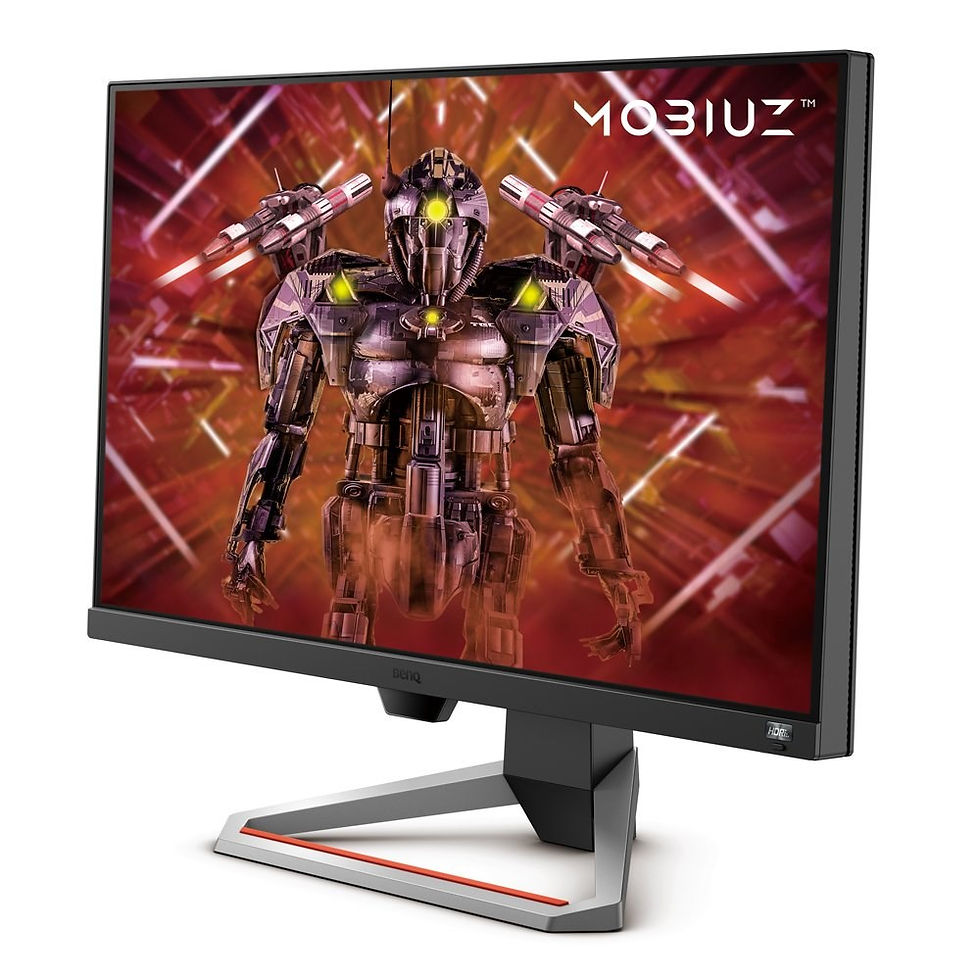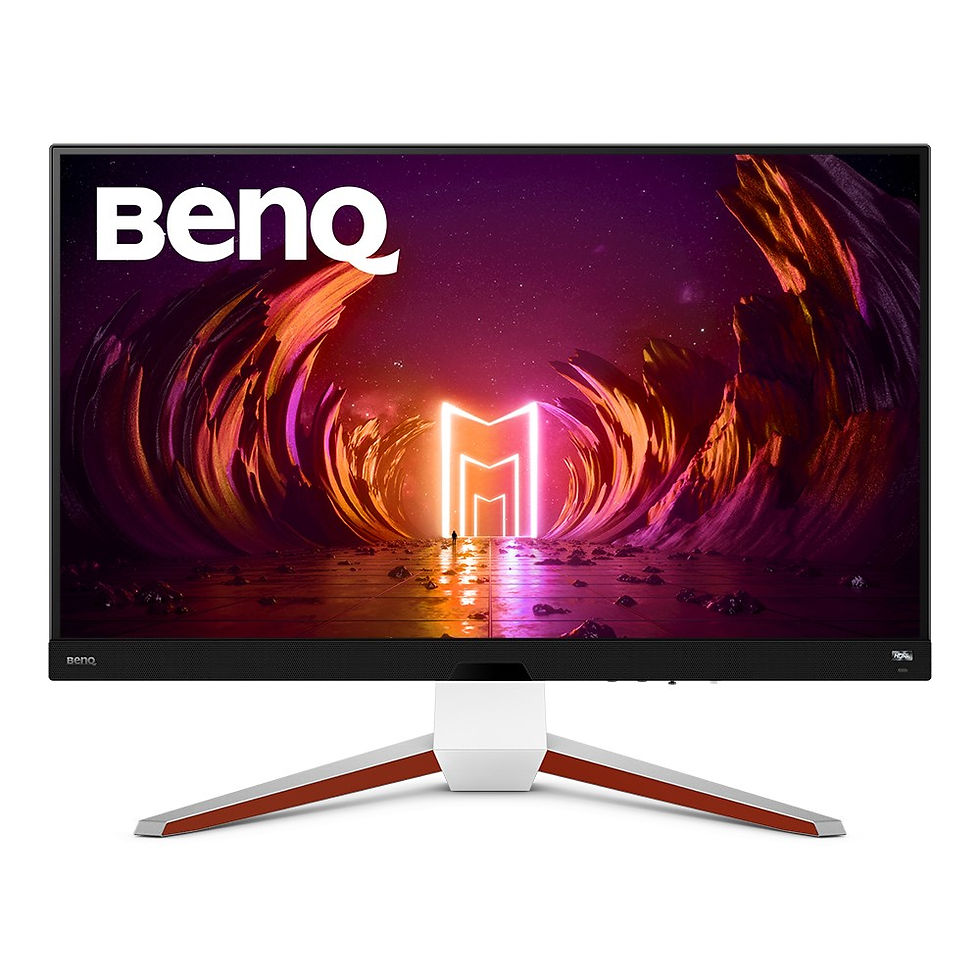TV mounts & stands
Enhance your viewing experience with our premium selection of high-quality TV mounts and TV stands. Whether you’re upgrading your home entertainment system or organizing your living room, our TV wall mounts are designed for easy installation, maximum durability, and a modern aesthetic. Choose from a wide range of tilting, swiveling, fixed, and full-motion TV mounts that fit various screen sizes and wall types. Perfect for flat-screen TVs, OLED TVs, and LED displays, our mounts provide the flexibility to adjust your TV’s position for optimal viewing angles, reduced glare, and improved comfort.
Looking to save space or create a sleek, minimalist setup? Our space-saving TV brackets and low-profile wall mounts help you achieve a clean, clutter-free look in any room—be it your living room, bedroom, office, or gaming space. For those who prefer a freestanding solution, our stylish TV stands offer both stability and a modern design that complements any décor.
Mount your TV securely and stylishly today with our expertly crafted TV mounting solutions. Shop TV wall mounts, adjustable TV brackets, and modern entertainment stands now to elevate your home viewing experience with both form and function.
How to Choose the TV mount or stand


Before buying, think about where the TV will be used (office, conference room, reception, or home), how big it is, and whether you need it fixed in one place or easily movable. The right solution should support the TV safely, match its VESA pattern, and offer the right level of adjustment.
1. Check screen size and VESA pattern
Every TV has a VESA mounting pattern (distance between screw holes on the back).
Make sure the mount or stand supports:
-
your TV size (in inches)
-
your TV VESA pattern (e.g. 200×200, 400×400, 600×400)
2. Choose the right mount type
Common types:
-
Fixed wall mounts – slim profile, ideal when you don’t need to move or tilt the TV
-
Tilting wall mounts – allow vertical tilt to reduce glare or improve viewing angle
-
Full-motion / articulating mounts – swivel, extend, and tilt for flexible positioning
-
Mobile TV stands – on wheels, perfect for conference rooms, training rooms, and flexible spaces
3. Consider where the TV will be used
-
Conference and meeting rooms – mobile stands or full-motion mounts often work best
-
Reception or corridors – fixed or tilting mounts keep the screen safe and visible
-
Home use – depends on room layout: fixed for clean look, tilt or full-motion for flexible seating
4. Check weight capacity and build quality
Always choose a mount or stand with a maximum weight rating higher than your TV.
Look for:
-
steel construction
-
stable base (for stands)
-
certified load capacity
5. Think about installation surface and height
Check whether the wall is solid, brick, concrete, or drywall and choose appropriate fixings.
For most setups, the TV centre should be close to eye level of seated viewers, or slightly higher in conference rooms.
6. Decide how much adjustment you need
If people watch from different positions or you often reconfigure the room:
-
choose tilt or full-motion mounts
-
or mobile TV stands with height and screen angle adjustment
If the viewing position is always the same, a fixed mount is usually enough.
7. Plan for cable management
Good TV mounts and stands offer cable channels or clips to hide HDMI and power cables. This is especially important in offices and meeting rooms where clean, professional setups matter.
8. Consider future upgrades
If you plan to upgrade to a larger or heavier TV later, choose a mount or stand that supports a wider range of sizes and weights to avoid replacing hardware again.
Summary
Choosing the right TV mount or stand helps you get the best viewing angle, keep cables tidy, and use space efficiently in meeting rooms or at home.
You might like
FAQ – TV mounts & stands
1. How do I know which TV mount fits my TV?
Check your TV’s size (inches), weight, and VESA mounting pattern on the back or in the manual. Then choose a mount or stand that supports all three.
3. Can one mount be used with different TVs?
Yes, many mounts support a range of VESA patterns and screen sizes, so they can be reused when you upgrade your TV. Just make sure the new TV is also within the supported range.
5. When should I use a mobile TV stand instead of a wall mount?
Use a mobile TV stand if you need to move the screen between rooms, rearrange the space often, or can’t drill into the walls. They are ideal for conference rooms, training rooms, and events.
7. How high should I mount a TV in a meeting room?
A common guideline is to place the centre of the screen at or slightly above eye level of seated viewers. In larger rooms, the screen may be mounted higher so people at the back can see clearly.
2. What is a VESA pattern and how do I find it?
The VESA pattern is the horizontal and vertical distance between the mounting holes on the back of your TV, measured in millimetres (e.g. 200×200, 400×400). It’s usually listed in the TV specifications or you can measure it yourself.
4. What’s the difference between fixed, tilting, and full-motion mounts?
-
Fixed mounts keep the TV close to the wall with no movement.
-
Tilting mounts let you angle the TV up or down to reduce glare.
-
Full-motion (articulating) mounts allow you to swivel, extend, and tilt the TV for maximum flexibility.
6. Is it safe to mount a TV on drywall?
It can be, but only if the mount is installed correctly into studs or using appropriate anchors rated for the load. For heavy TVs, solid walls (brick or concrete) are usually safer.
8. Do TV mounts come with installation hardware?
Most quality mounts include standard screws and basic fixings, but you may need specific anchors depending on your wall type. Always follow the installation guide and use appropriate tools for secure mounting.































































